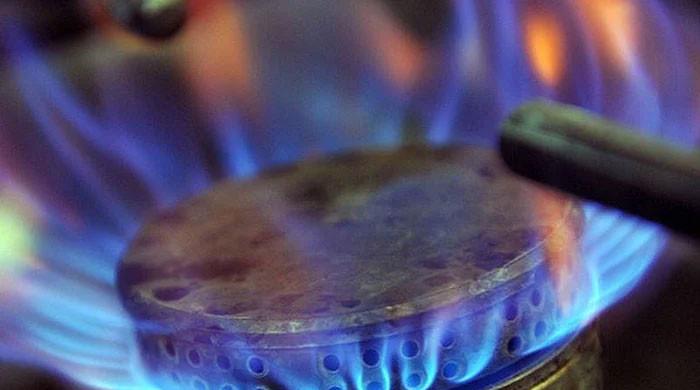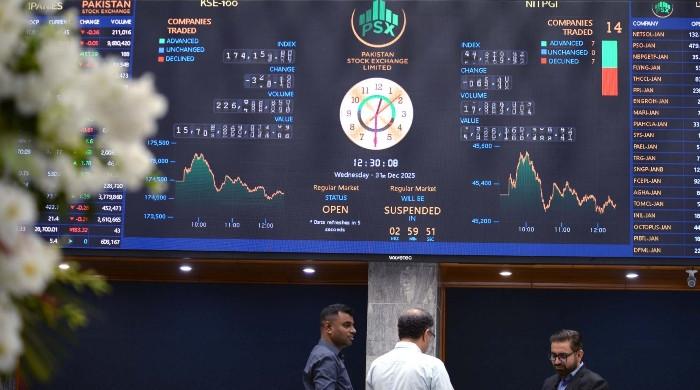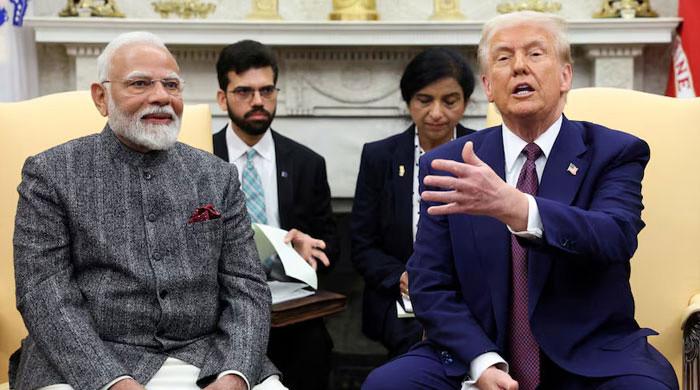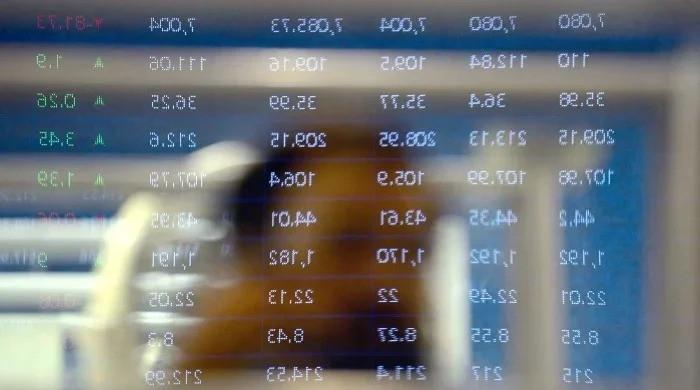Pakistan triumphs over India, marginally, in economic freedom: report
Pakistan is more economically free compared to India, a Heritage Foundation report says
February 28, 2017
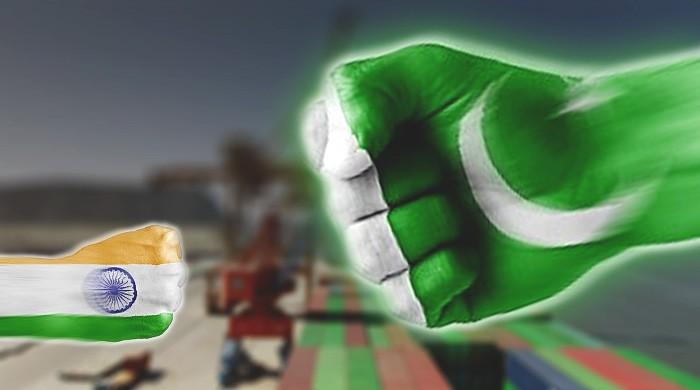
While the underlying sentiment across Pakistan is that of confusion and fear, considering the adverse factors that have plagued the nation over the past few months, including the new wave of terrorism that hit since the start of February 2017, one major aspect that allows citizens a sigh of relief is the economy.
More economically-free

Screenshot from Heritage Foundation's website
The Washington DC-based Heritage Foundation recently published a report pertaining to the economic freedom around the globe, wherein Pakistan, albeit being quite low in ranking, beat India in what is its second victory against the West-side neighbour. The country earlier triumphed over India in terms of equity market performance.
The Index, which is published annually, measures “the principles of economic freedom that have fueled this monumental progress” and gauges “advancement in economic freedom, prosperity, and opportunity and promote[s] these ideas in their homes, schools, and communities,” according to the Heritage Foundation website.
What makes Pakistani market free in economic terms?
Heritage Foundation says that the Index “covers 12 freedoms – from property rights to financial freedom – in 186 countries.”
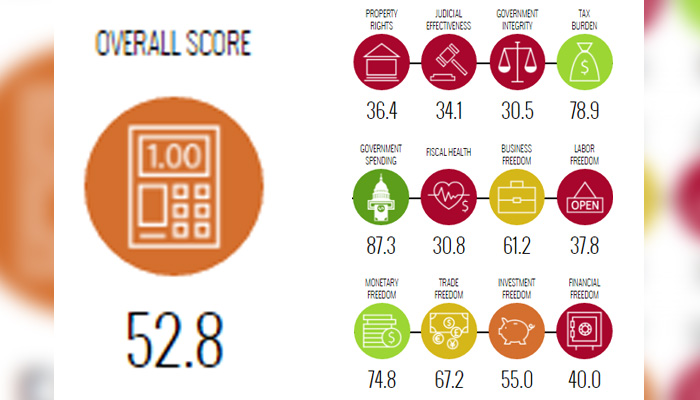
Source: Heritage Foundation website
These elements are categorised under 4 main headings: Rule of Law, Government Size, Regulatory Efficiency, and Open Markets.
This means that in societies that are labelled economically free, the state does not hamper or hinder any transactions related to capital, consumer goods, and labour.
The two countries’ present position
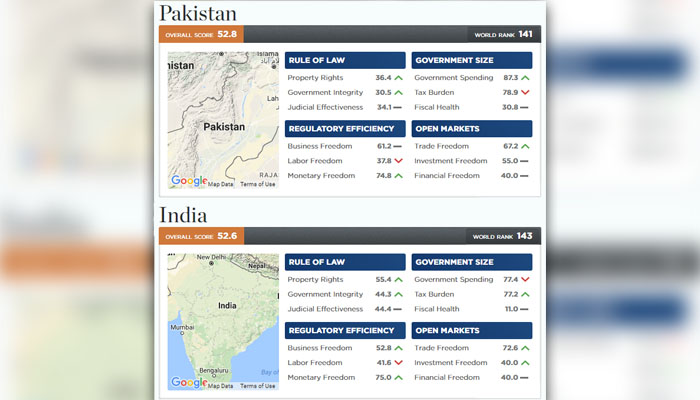
Comparison between Pakistan and India
Why is it relevant?
This lead “may not be big deal to most observers, as it is too narrow to be meaningful,” according to Forbes contributor Panos Mourdoukoutas. Plus, the common man may not be directly impacted by this indicator; he may not even be interested in it.
However, it is still of key import for the country’s investors and business sector. This is because such a ranking depicts the liberty in the stock market as well as better growth rates.

Graph representing Pakistan's annual GDP growth rate since 2010 (source: World Bank)
Post-2010, when the gross domestic product (GDP) expansion tanked to 1.61 percent, the rate has improved consistently, registering 4.71 percent in 2015. Expectation and forecast for 2016 and 2017 are 4.70 and 5.20 percent, respectively, as per World Bank Group’s January 2017 report titled Global Economic Prospects.
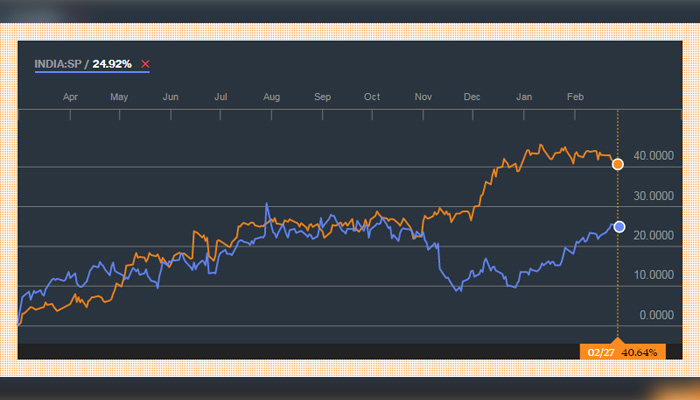
Screenshot from Bloomberg's page for Global X MSCI Pakistan ETF (PAK:US, NYSEARCA)
Furthermore, both the countries’ performance in exchange-traded funds (ETFs) also portrays a hefty difference of approximately 15%.
source: tradingeconomics.com
Pakistan’s stock market has been on a roll, given how it surpassed the 50,000-point mark towards the end of January 2017. In addition, it registered a growth of 46 percent in 2016, significantly ahead of peer markets in South Asia.
In this regard, it can be inferred that Pakistani authorities are letting business owners and private ventures take more control to push advancement, whereas their counterpart is trying to retain it, barring the private sector's access.
It is, therefore, a small, but vital win for Pakistan.





